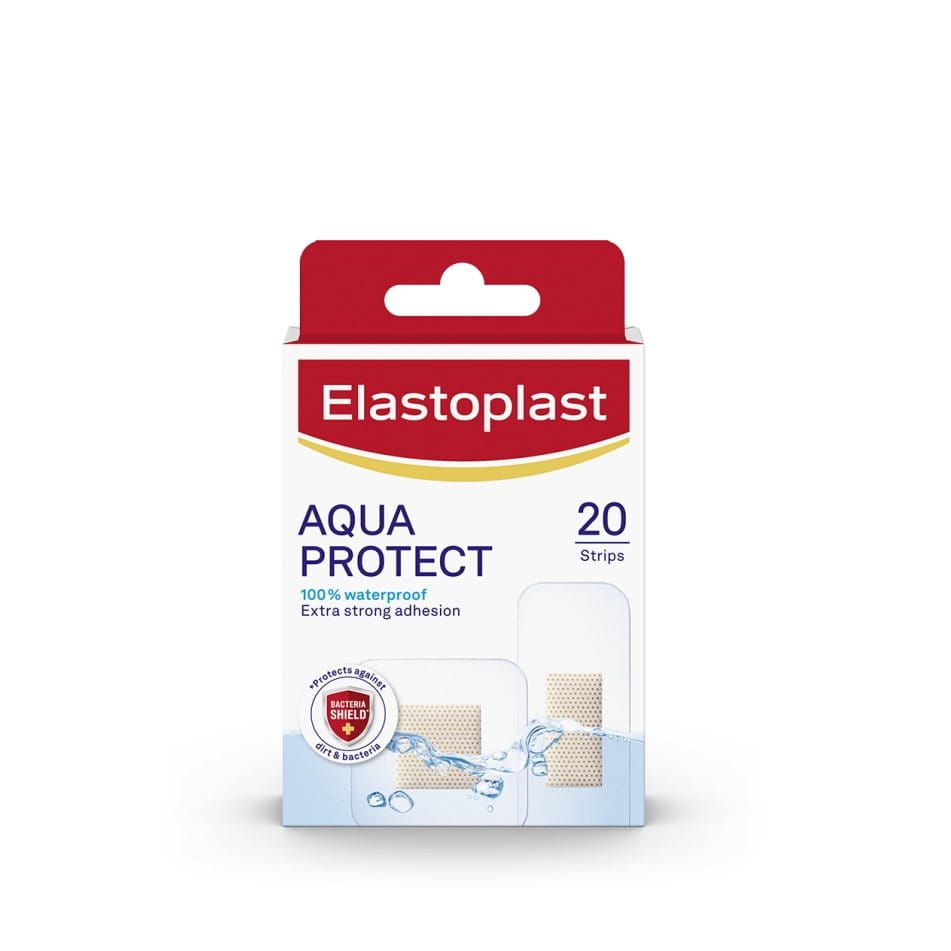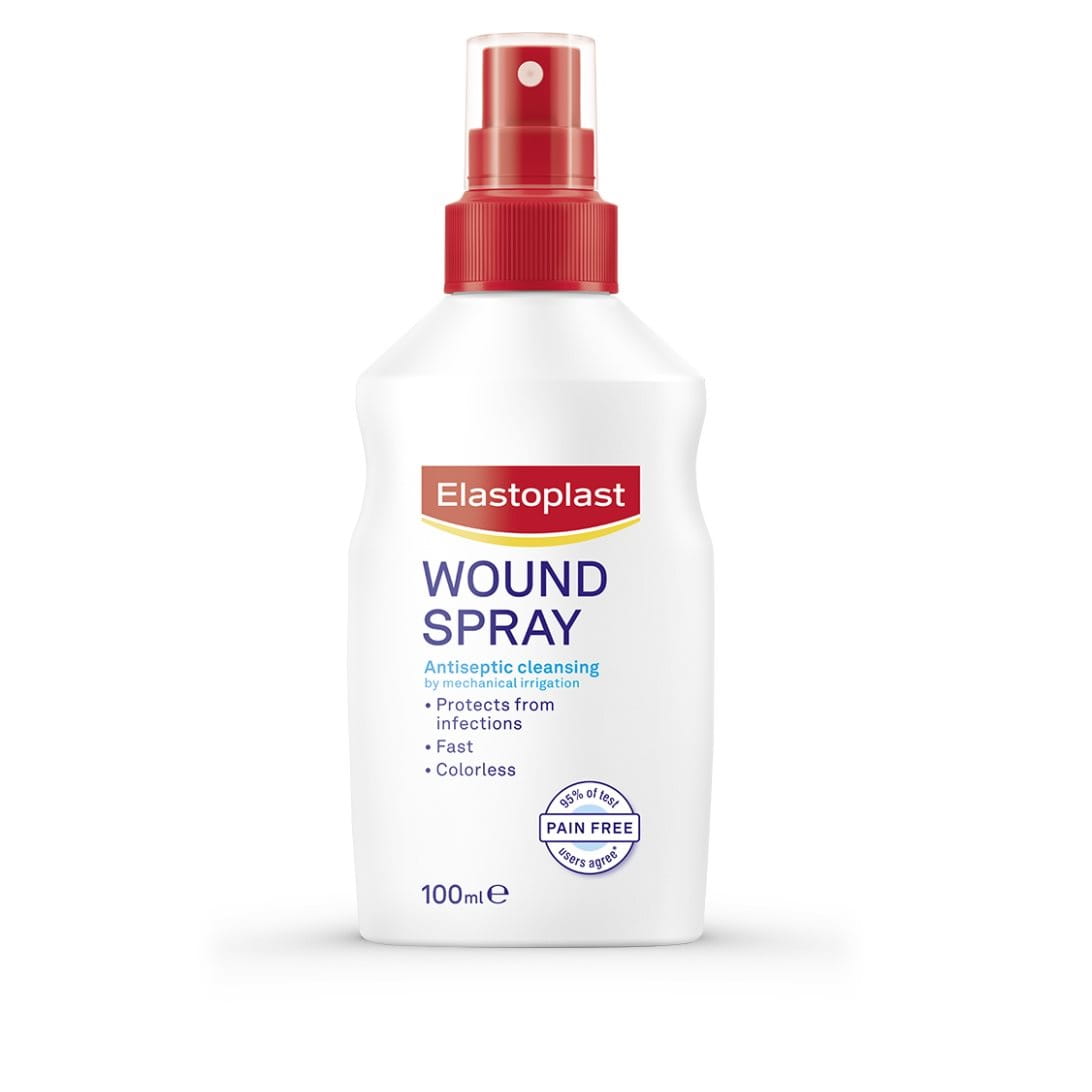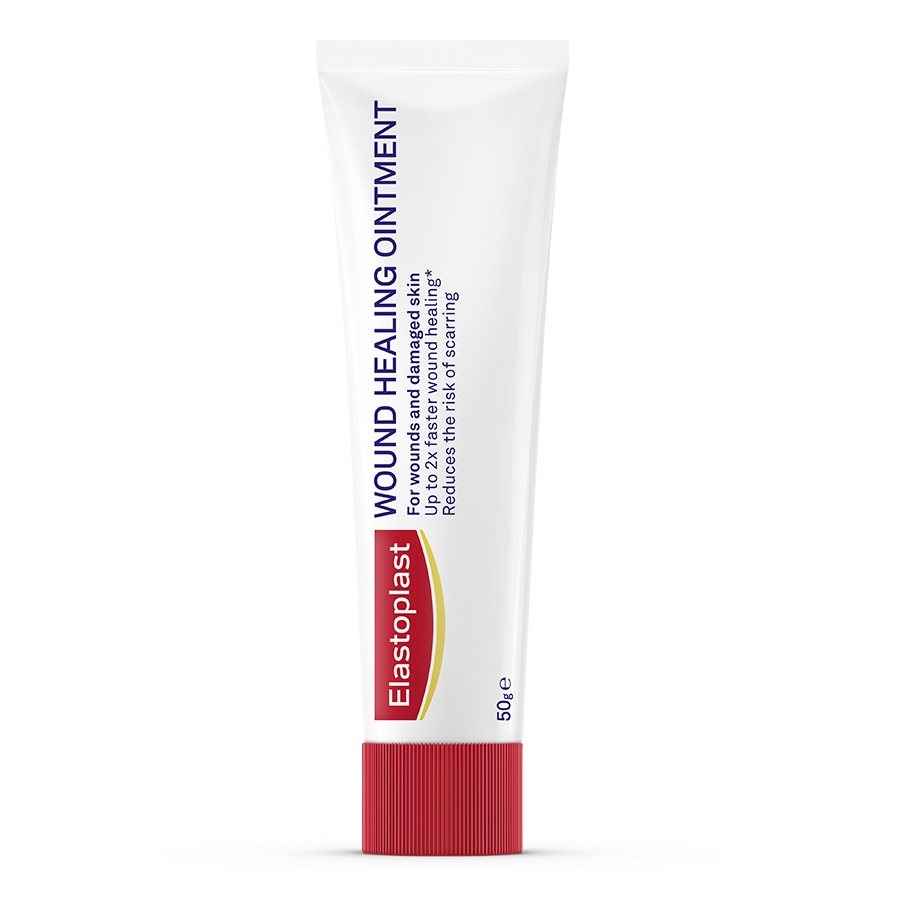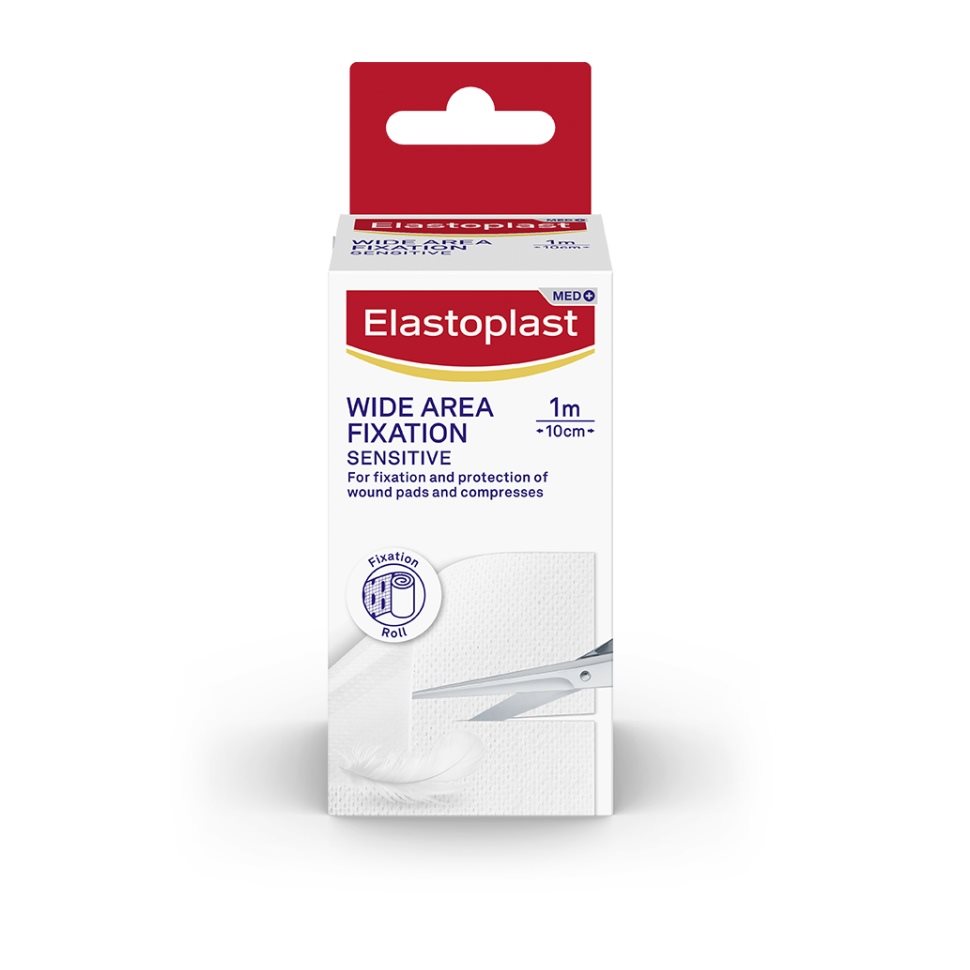What is a burn?
Degrees of burns
First degree burns
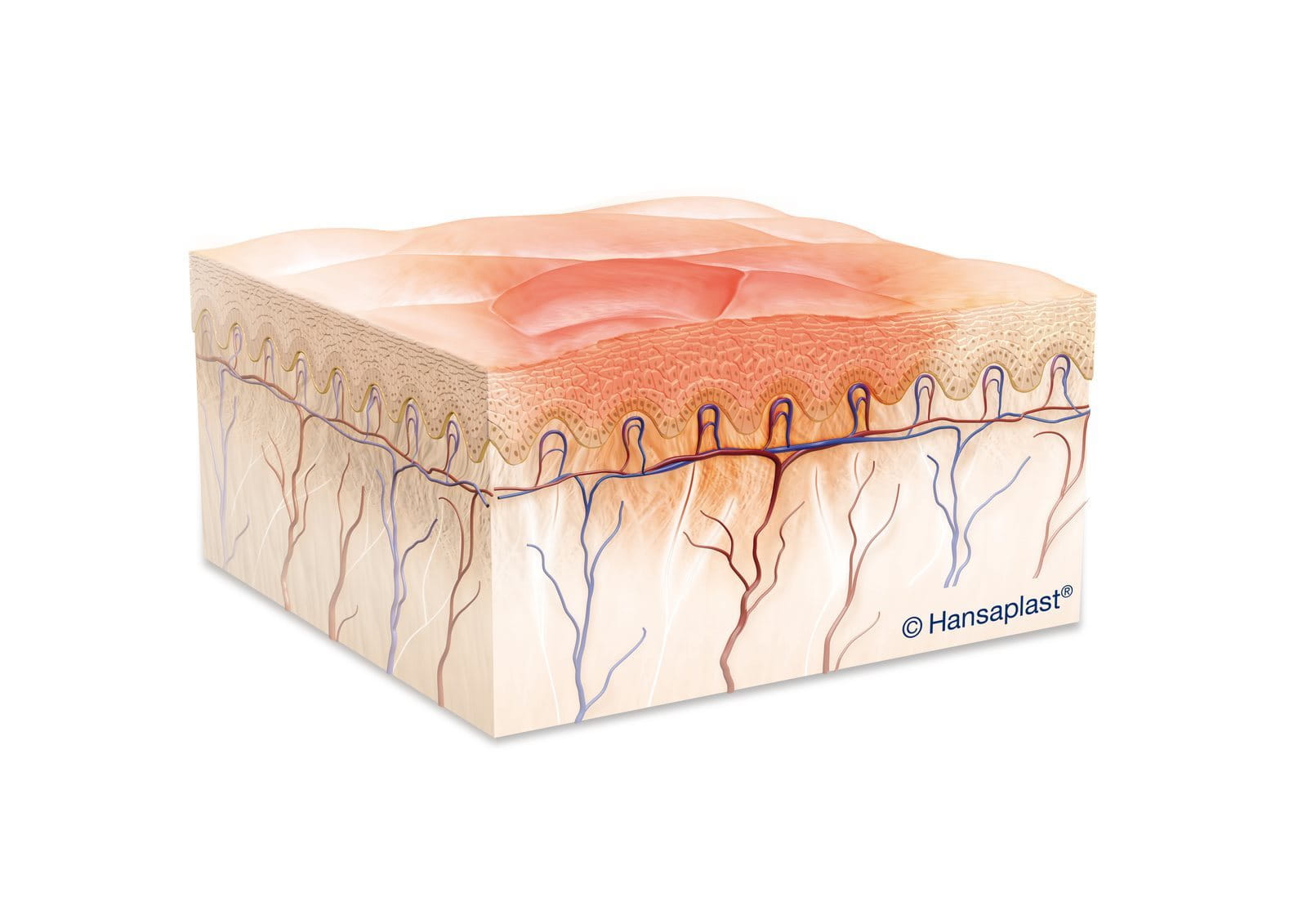
Second degree burns
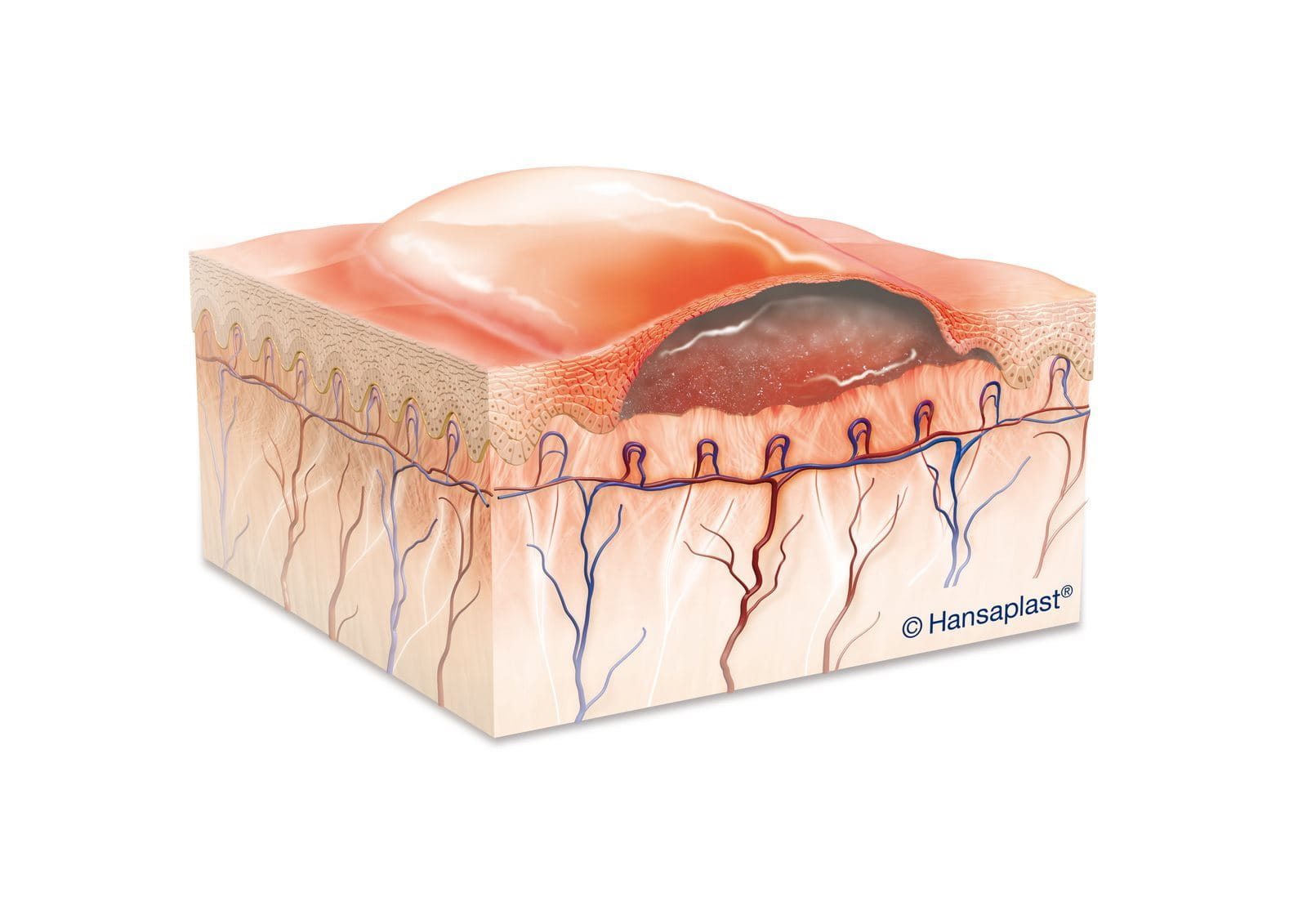
Third degree burns
How to treat first degree burns
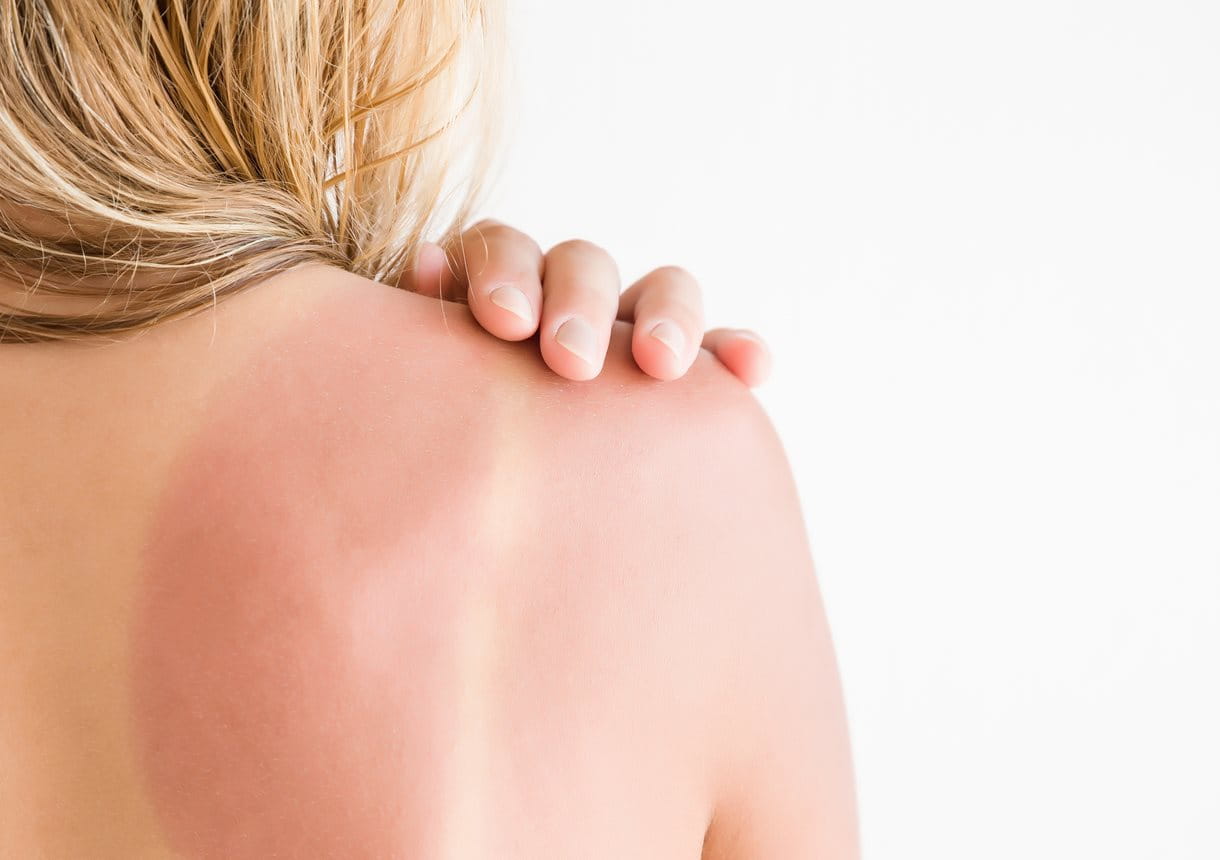
Even for first degree burns you should seek medical advice if the burned area is large or if after initial pain relief the burned area again shows signs of infection such as redness, heat, swelling, pain, itching or burning.
Further, medical attention is necessary if a child is burned, if the burn is on sensitive parts of the body e.g. on the face, or if you have any questions or concerns.
How to treat second degree burns
How to treat third degree burns
Prevent burns in the kitchen

It goes without saying that prevention is the best course of action when dealing with burns, especially in the kitchen. Always:
How to recognise an infected burn
Although compiled with great care, please note that the tips and advice given on this website by no means substitute medical advice and treatment. If you have or suspect a health problem, consult a doctor and follow medical advice, regardless of what you have learned on this website.
Always read carefully and follow the instructions for use or the leaflets of our products. For further information about our products, please contact us via email at Elastoplast@Beiersdorf.com
